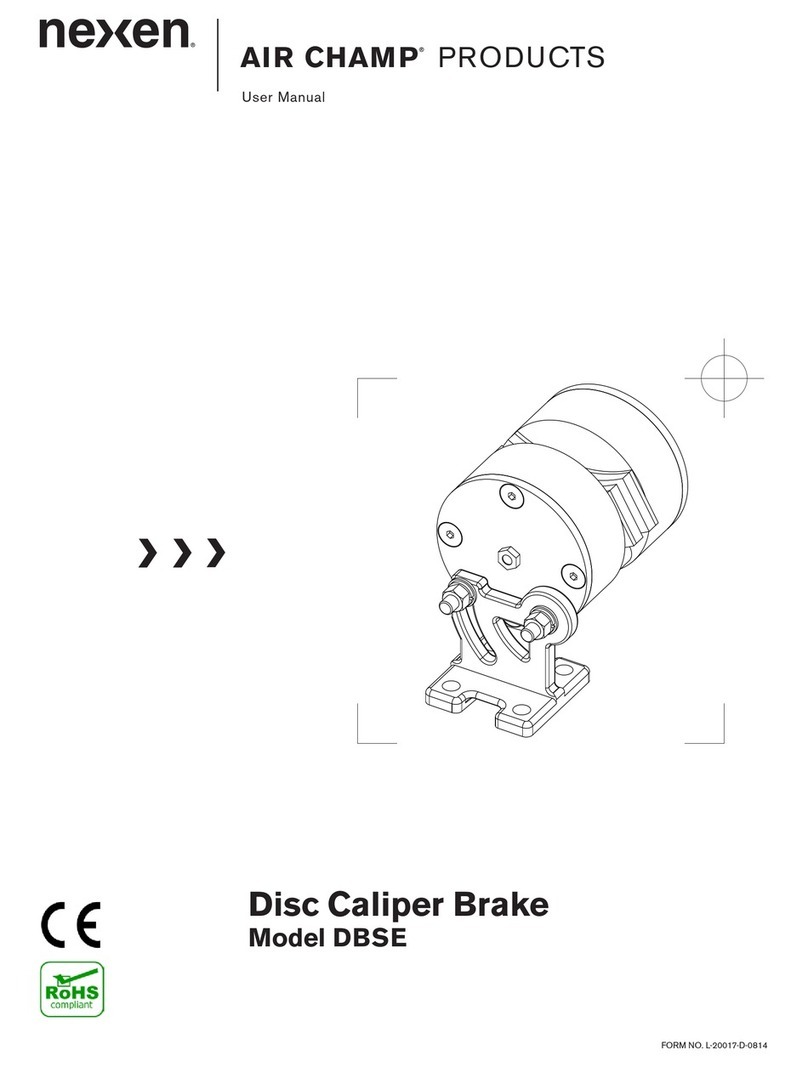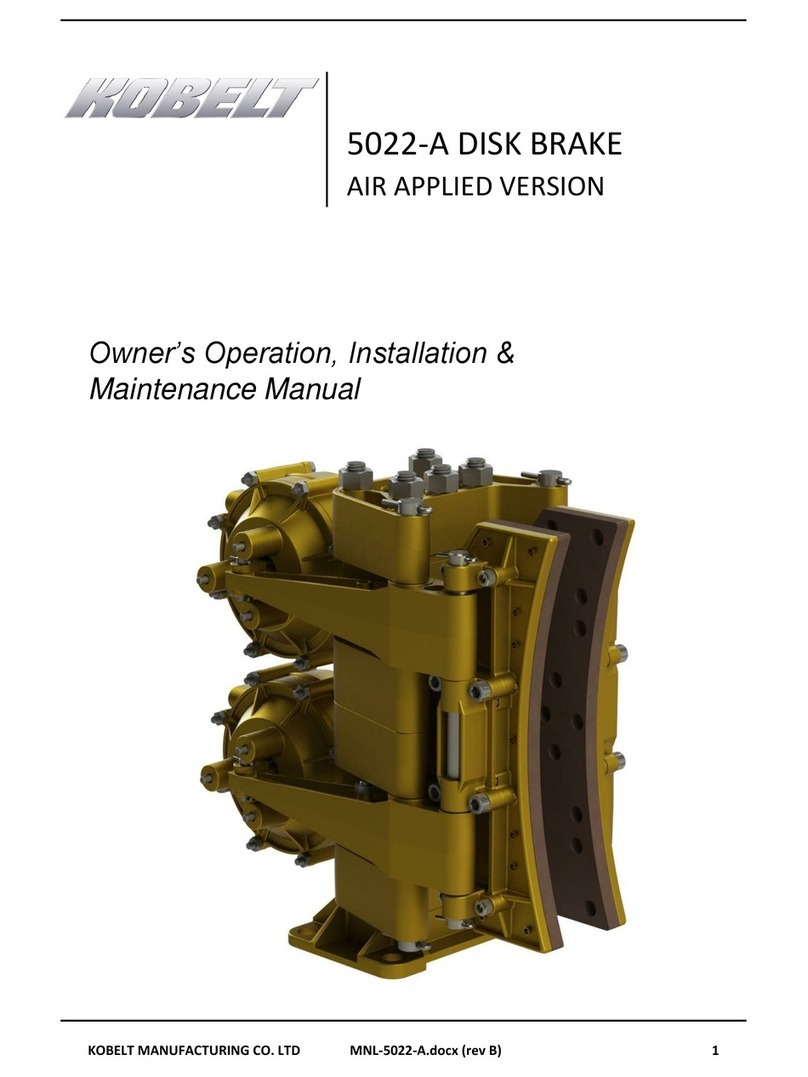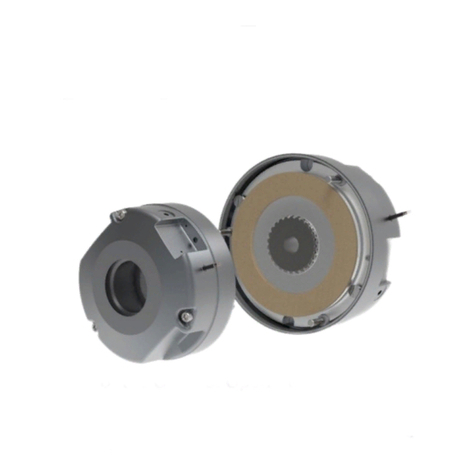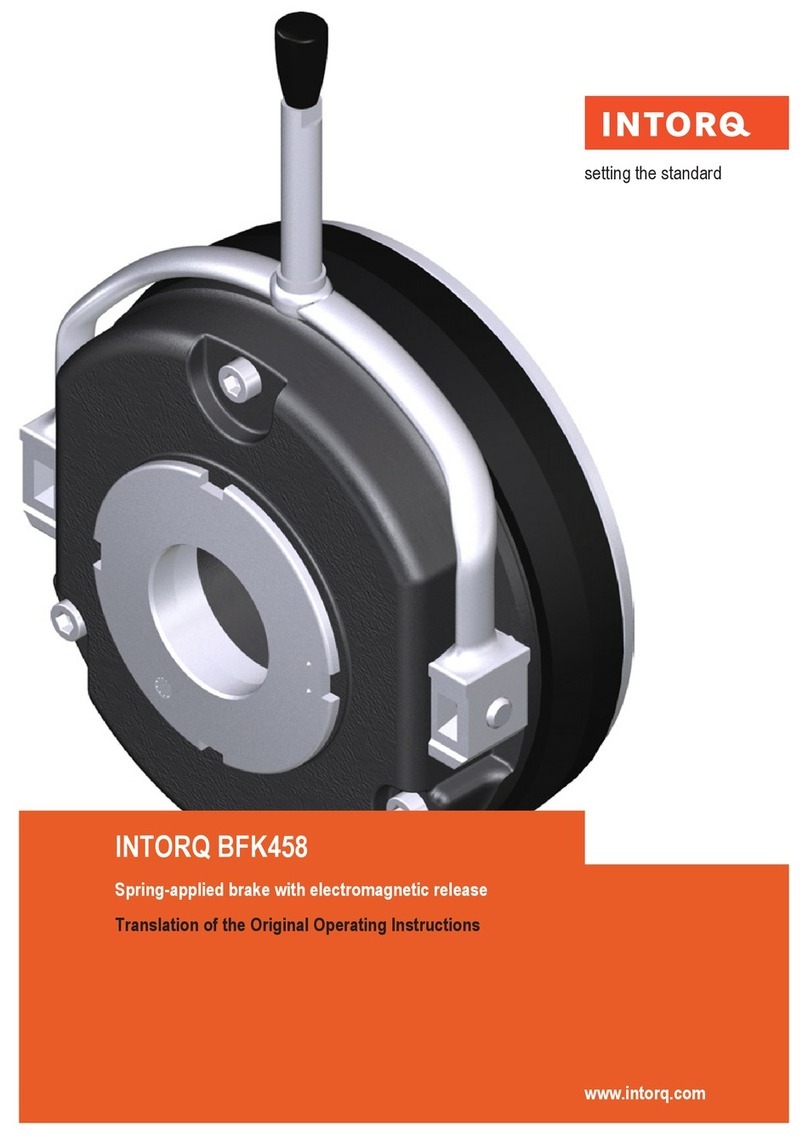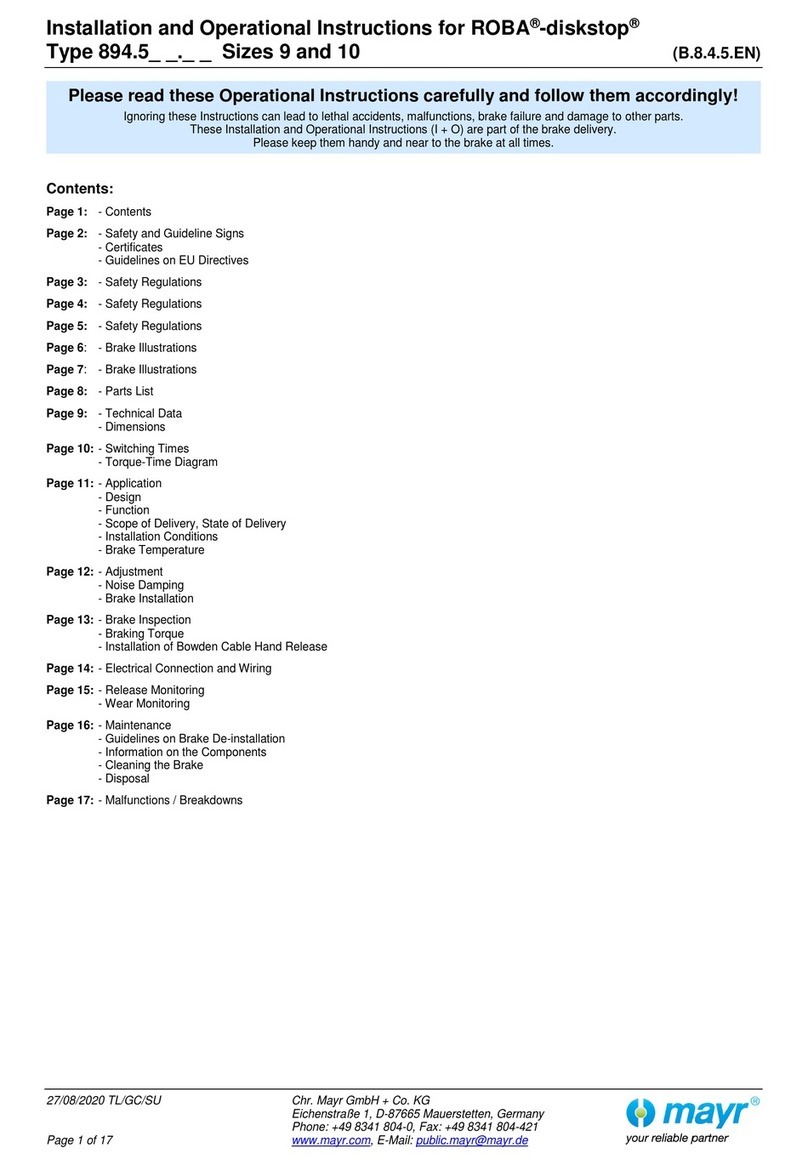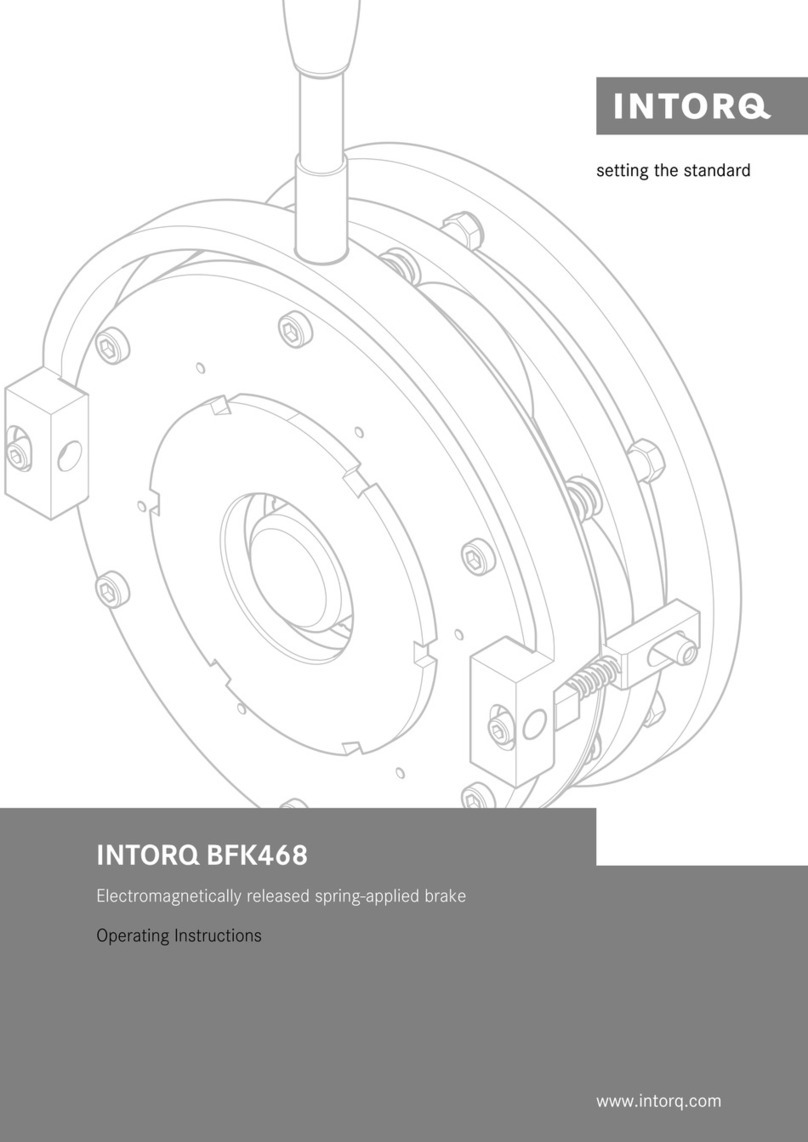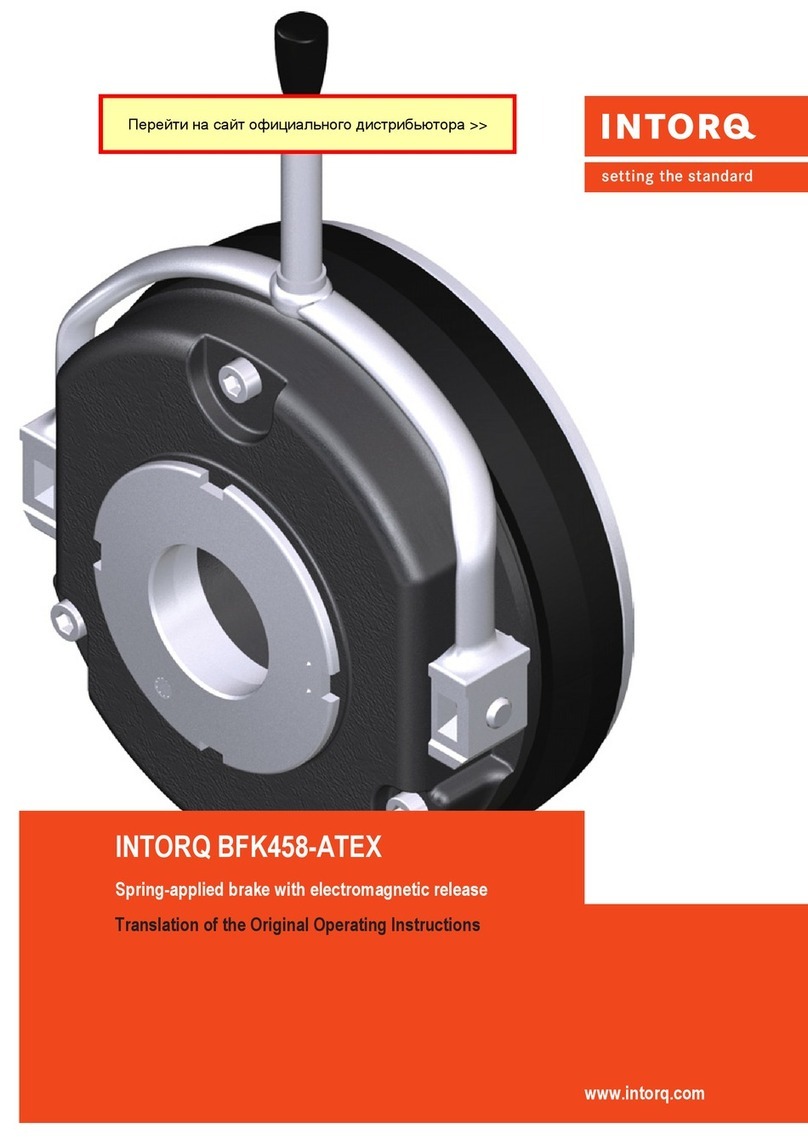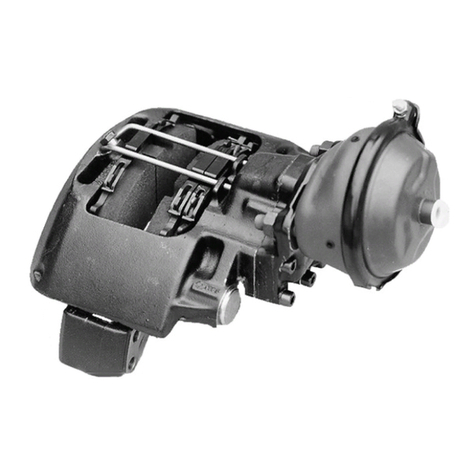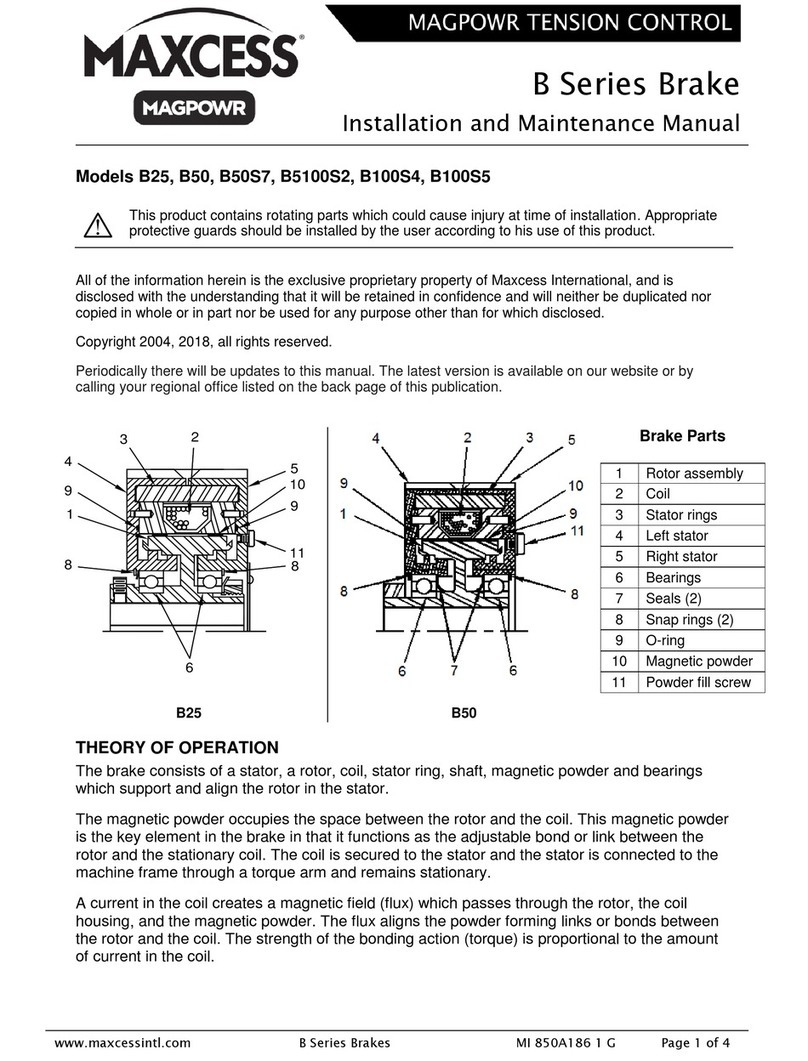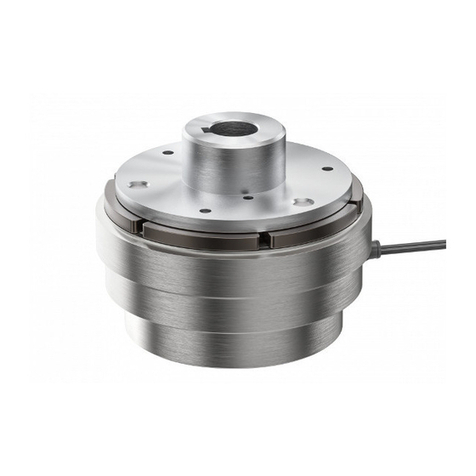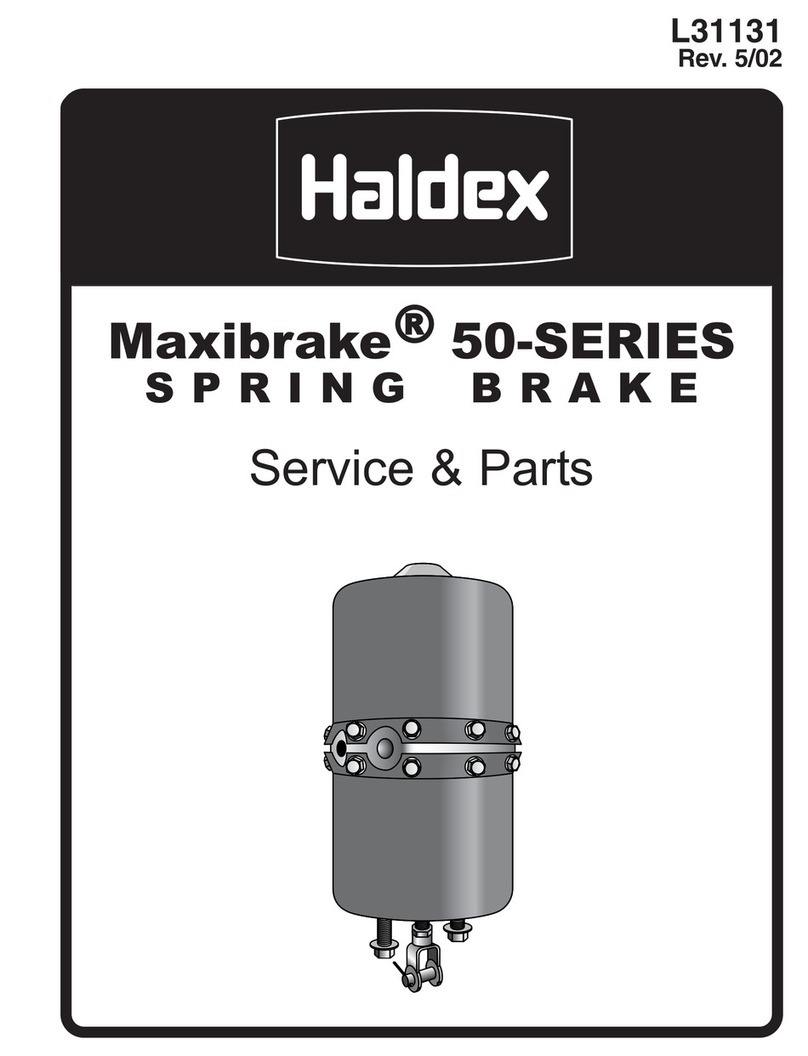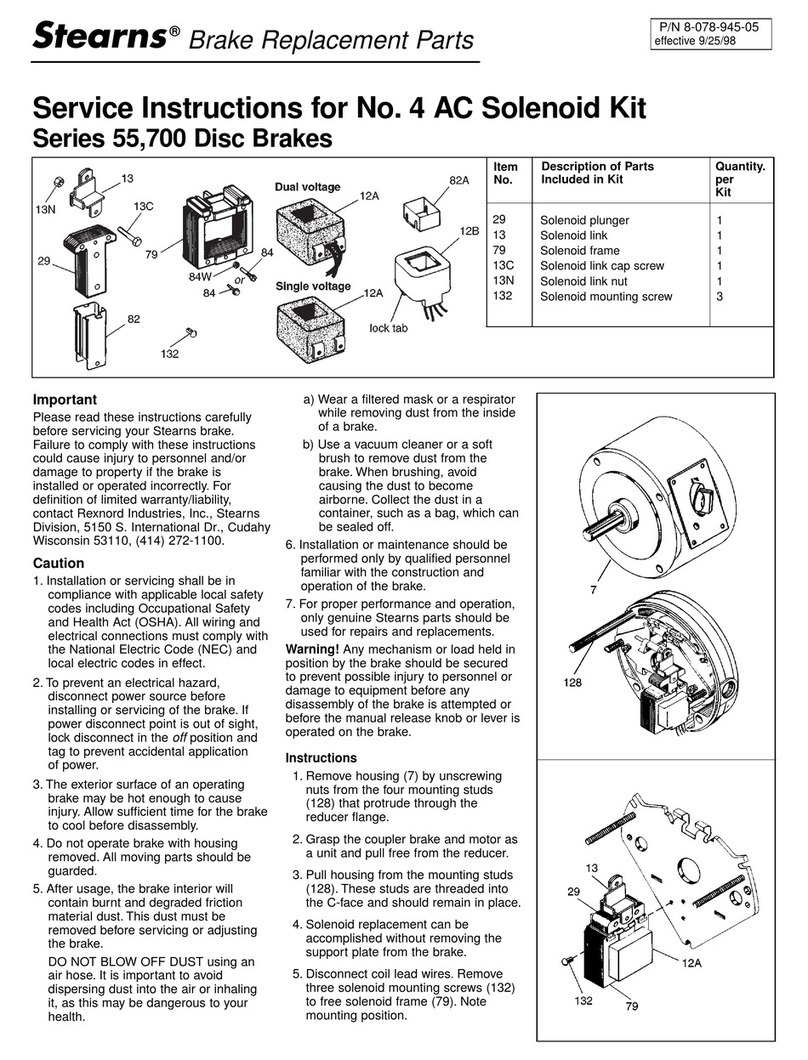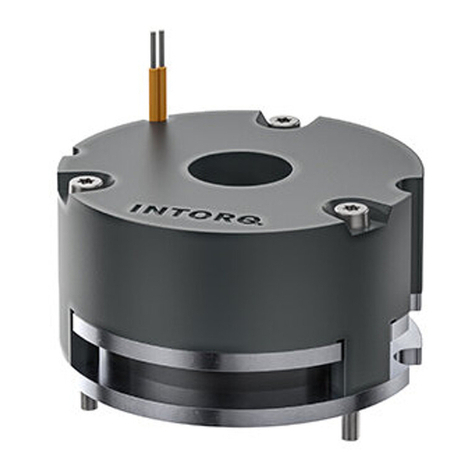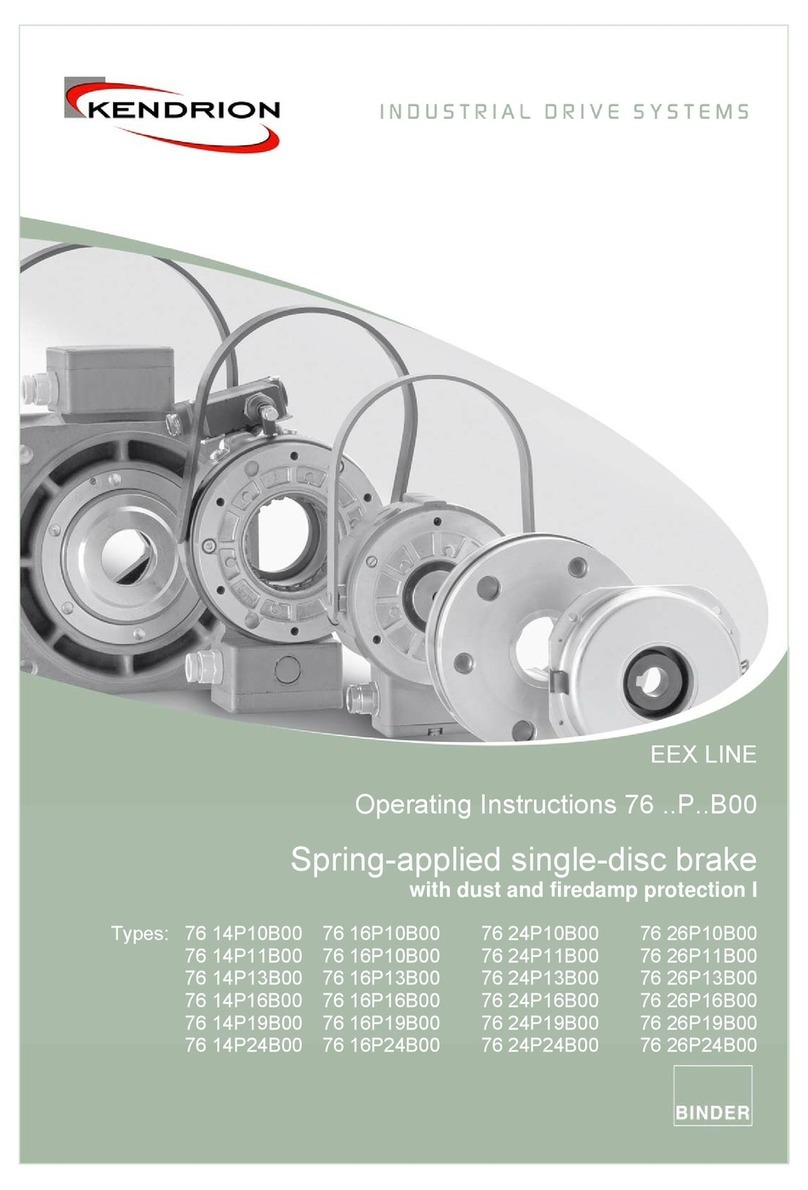
Contents
1 General information................................................................................................................................................... 5
1.1 Using these Operating Instructions ...................................................................................................................... 5
1.2 Conventions in use............................................................................................................................................... 5
1.3 Safety instructions and notices ............................................................................................................................ 6
1.4 Terminology used................................................................................................................................................. 7
1.5 Abbreviations used............................................................................................................................................... 7
2 Safety instructions..................................................................................................................................................... 9
2.1 General safety instructions................................................................................................................................... 9
2.2 Disposal ............................................................................................................................................................... 9
3 Product description ................................................................................................................................................. 10
3.1 Proper and intended usage................................................................................................................................ 10
3.1.1 Standard applications ............................................................................................................................ 10
3.2 Layout ................................................................................................................................................................ 10
3.2.1 Spring-applied brake BFK518 ............................................................................................................... 10
3.3 Function ............................................................................................................................................................. 11
3.4 Braking and release ........................................................................................................................................... 11
3.5 Project planning notes........................................................................................................................................ 11
4 Technical specifications.......................................................................................................................................... 12
4.1 Possible applications of the INTORQ spring-applied brake ............................................................................... 12
4.2 Rated data.......................................................................................................................................................... 12
4.3 Switching times .................................................................................................................................................. 13
4.4 Electromagnetic compatibility............................................................................................................................. 15
4.5 Emissions........................................................................................................................................................... 15
4.6 Rust film on friction parts.................................................................................................................................... 15
4.7 Labels on product............................................................................................................................................... 16
5 Mechanical installation............................................................................................................................................ 18
5.1 Design of end shield and shaft........................................................................................................................... 18
5.2 Tools .................................................................................................................................................................. 18
5.3 Preparing the installation.................................................................................................................................... 18
5.4 Installing the hub onto the shaft ......................................................................................................................... 19
5.5 Brake mounting .................................................................................................................................................. 20
INTORQ | BA 14.0222 | 06/2020 3


